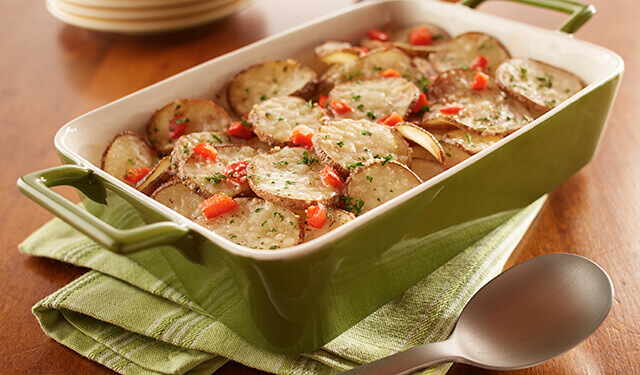

New Way of Baking
Hello! My name is Rachel, and I am the Test Kitchen Intern for Land O’Lakes this summer. I am currently, although I cannot believe it, a senior at Iowa State University majoring in Culinary Science. I was thrilled to be an intern for this wonderful company, and even more thrilled with my internship project!
 by
Land O'Lakes Test Kitchen
by
Land O'Lakes Test Kitchen
 by
Land O'Lakes Test Kitchen
by
Land O'Lakes Test Kitchen
Hello! My name is Rachel, and I am the Test Kitchen Intern for Land O’Lakes this summer. I am currently, although I cannot believe it, a senior at Iowa State University majoring in Culinary Science. I was thrilled to be an intern for this wonderful company, and even more thrilled with my internship project!
Anyone I know would label me as a baker, but, more specifically, a cupcake fanatic. I don’t know where it came from or why cupcakes have sparked my interest, but they have for years. I love to experiment with different flavors and ingredients to make moist, decadent, flavorful cupcakes. So, when I received my internship project of experimenting with alternative flours, I couldn’t get the cupcake out of my head! I knew it would be the perfect medium to analyze how the flours affected the baked good.
Let’s take a second to back up. As gluten-free alternatives are striving to take over an all-purpose flour dominated market, we ask ourselves the following: What is gluten, and why are people moving towards a gluten-free diet?

First of all, gluten is a protein that is present in only three types of plants: wheat, barley, and rye. All of these plants are milled to produce flours you can find easily at the grocery store. The most common is wheat that gets milled to form all-purpose flour. When these flours are mixed with a liquid, they form an elastic matrix of gluten that helps baked goods hold their shape and give a chewy texture to the final product. Many people who are gluten intolerant or have celiac disease cannot consume these three plant varieties and must use an alternative flour to cook or bake. However, these alternative flours will never act in the same way that gluten does, which makes finding an acceptable alternative very difficult.
Many people strive to find a 1-for-1 substitution using a single gluten-free flour. After testing this theory using our Celebration Cupcake, I am here to deliver the bad news: A 1-for-1 substitution using a single flour variety does not exist.
For my baking experiment, I substituted all-purpose flour with coconut flour, garbanzo bean flour, quinoa flour, and brown rice flour. The quinoa and garbanzo bean flour produced powerful “off” flavors that our tasters could not overlook, while the coconut flour and rice flour were acceptable in terms of flavor, but not texture. Due to these unfavorable outcomes, all four of these cupcakes were considered to be unacceptable through the use of a blind taste test.

This experiment kept me on my toes, but I’m not done experimenting yet! I am on the road to finding the best alternative flour, and I will keep you posted on what I discover!
Share Your Thoughts
Did you find this article helpful? Has it inspired you? What else would you like to know?



